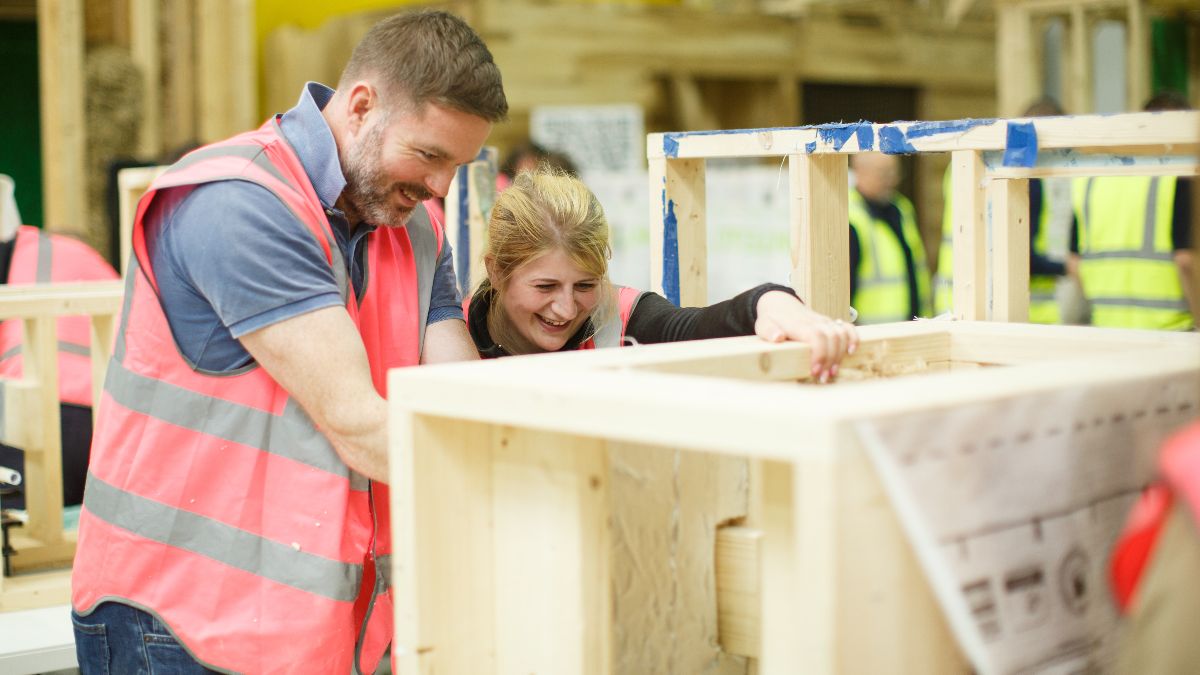
THE Passivhaus Trust has welcomed the launch of the Scottish Government’s consultation on the proposed Scottish Passivhaus equivalent policy.
The Trust will be providing a detailed response to the consultation in early August and revealed it will be encouraging its members and supporters to respond during the consultation period.
Jon Bootland, CEO of the Passivhaus Trust, said, “The Passivhaus Trust believes that, while there are some positive options towards a Scottish Passivhaus equivalent outlined in the consultation proposals, what is being proposed could still fall significantly short of the intended aspirations. In response to the consultation, the Passivhaus Trust will put forward suggestions to help inform the choices so that the standard can be seen as genuinely moving towards a Scottish Passivhaus equivalent.”
The organisation said it welcomes the inclusion of a proposal for certified Passivhaus homes to be considered ‘deemed to satisfy’ Scottish building standards within the consultation questions. The Trust also supports the consultation’s exploration of quality assurance processes.
However, it believes that the proposals for modelling tools and targets are ‘not sufficient’ to achieve a genuine Passivhaus equivalent.
To achieve what could be considered a Scottish Passivhaus equivalent, the Passivhaus Trust believes that there are three minimum requirements:
- Accurate modelling tools: The consultation puts forward an as-yet undeveloped/untested ‘Scottish wrapper’ for the Home Energy Model (HEM) software developed for the Future Home Standard (England). The Passivhaus Trust believes the Passivhaus Planning Package (PHPP) is a ‘tried and tested’ modelling and design tool that should be accepted as a methodology until such time as the Scottish wrapper for HEM can be shown to produce energy forecasts with the same accuracy.
- Effective targets: The Passivhaus Trust recommends the use of absolute targets based on heating demand, peak heating load and EUI (energy use intensity). It argues that the use of relative ‘notional building’ energy targets will not deliver the performance required to achieve Passivhaus equivalent levels of comfort, indoor air quality and low energy bills.
- Quality assurance: The Passivhaus Trust welcomes the fact alternative compliance and assurance processes, including monitoring and reporting regimes, are explored within the consultation document.











